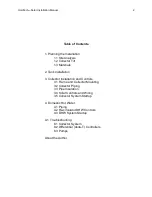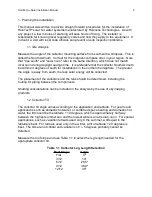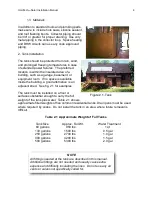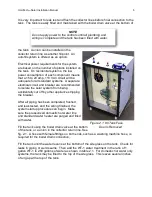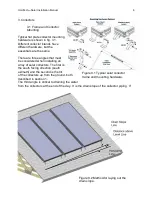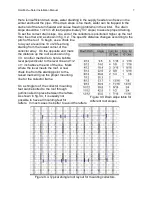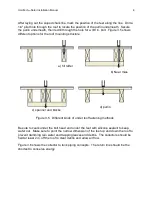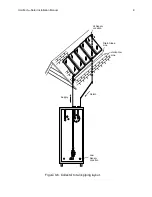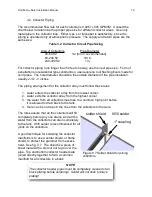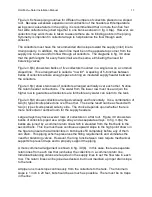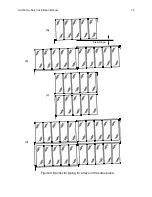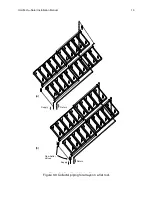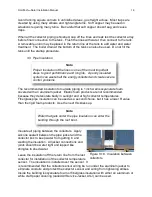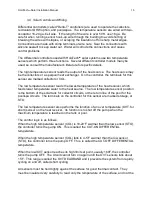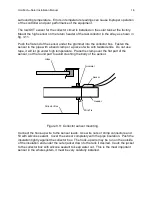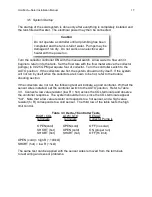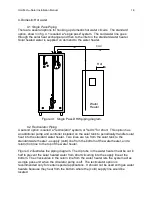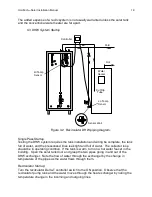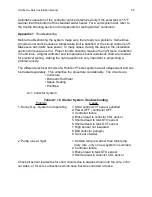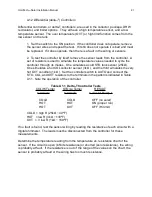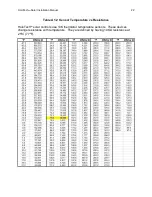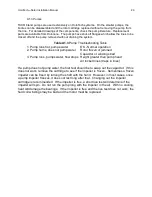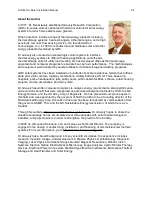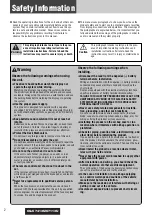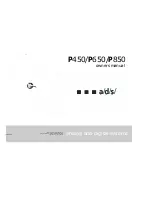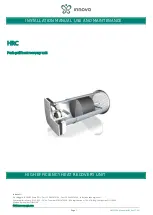
Avoid running square corners in unfinished areas, go straight across. Most traps are
created by using many elbows and right angle turns. Soft copper may be used in
situations requiring many turns. Be careful that soft copper doesn't sag and cause
traps.
When all the collector piping is finished, cap off the lines and leak test the collector array
before final connection to the tank. Flush the lines with water, then connect to the tank.
A removable union may be placed in the return line at the tank to add water and water
treatment. The boiler drain at the bottom of the tank can also be used. Do not fill the
tank until the startup procedure.
3.3
Pipe Insulation
The recommended insulation for outside piping is 1 inch wall isocyanurate foam
covered with an aluminum jacket. Elastic foam products are not recommended
because they deteriorate badly in sunlight and at high collector temperatures.
Fiberglass pipe insulation can be used as a second choice, but it has a lower R value
than the rigid foam products. Use the next thickness up.
Insulate all piping between the collectors. Apply
silicone sealant between the pipe jacket and the
collector box to keep water from getting in and
wetting the insulation. All jacket connections and
joints should be water tight and lapped like
shingles to shed water.
Leave the insulation off the return line from the last
collector for installation of the collector temperature
sensor. The insulation is installed over the sensor. It
is recommended that the collector sensor wiring be run under the aluminum jacket to
eliminate conduits and protect the collector sensor and wiring from lightening strikes.
Inside the building isocyanurate foam or fiberglass insulation with either an aluminum or
white craft paper covering (called All Service Jacket, ASJ) can be used.
HoloTech
tm
Solar Installation Manual
14
Note
Proper Insulation of the lines is one of the most important
steps to good performance and long life. A poorly insulated
system can waste half the energy collected and create severe
control problems
.
Note
Water that gets under the pipe insulation can enter the
building through the roof boot.
Figure 3.10. Insulation between
collectors.


